Climate change brings unprecedented challenges to your national marine sanctuaries. The impacts of climate change on our environment, like changing weather patterns and storm events, warming waters, declining ocean oxygen levels, ocean acidification, and sea level rise, are becoming more prevalent and significant around the globe. These impacts are affecting national marine sanctuaries and the overall health of the ocean, which is vital to our survival and quality of life.
At the same time, national marine sanctuaries and other marine protected areas are important nature-based solutions to human-caused climate change. By safeguarding essential ecosystems responsible for local and global contributions to biodiversity, carbon storage, livelihoods, coastal security, cultural heritage, and more, sanctuaries contribute to reducing or removing greenhouse gas emissions and adapting and building resilience to climate change impacts.
Discover how climate change is affecting our nation's underwater treasures, what NOAA's Office of National Marine Sanctuaries is doing about it, and how you can help.
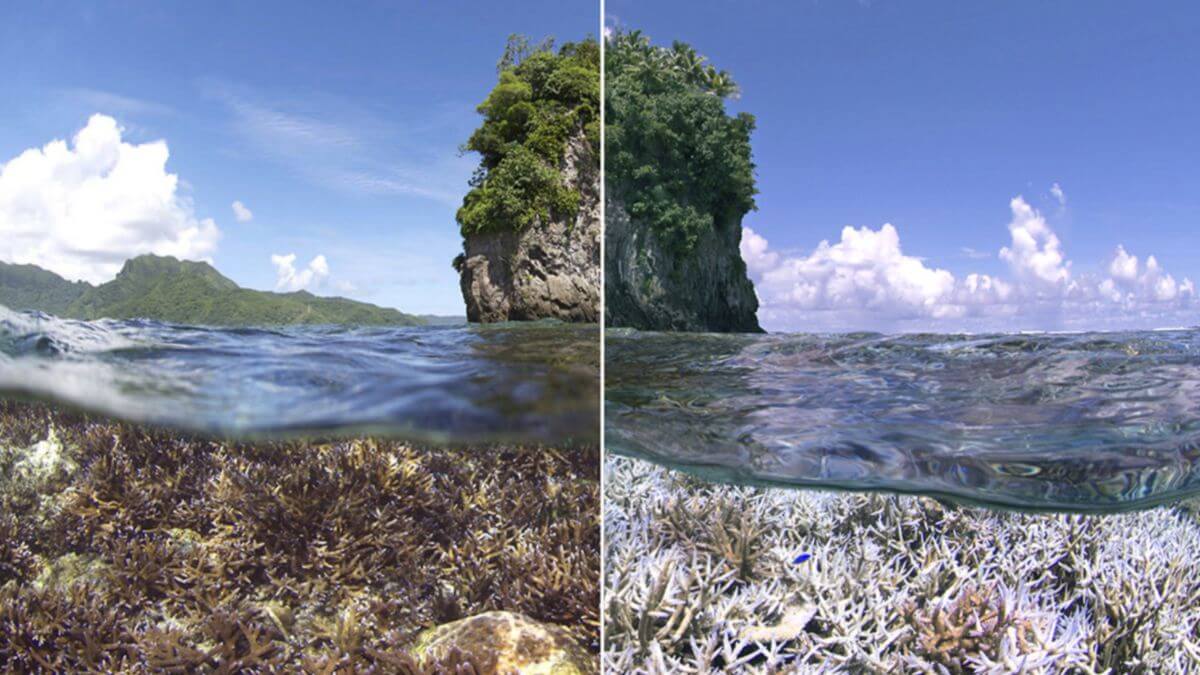
We are already seeing the impacts of climate change within national marine sanctuaries and in surrounding communities. Climate change brings new challenges that sanctuaries will need to adapt to, including sea level rise, ocean acidification, changes to weather patterns and oceanographic processes, shifting species, and more.
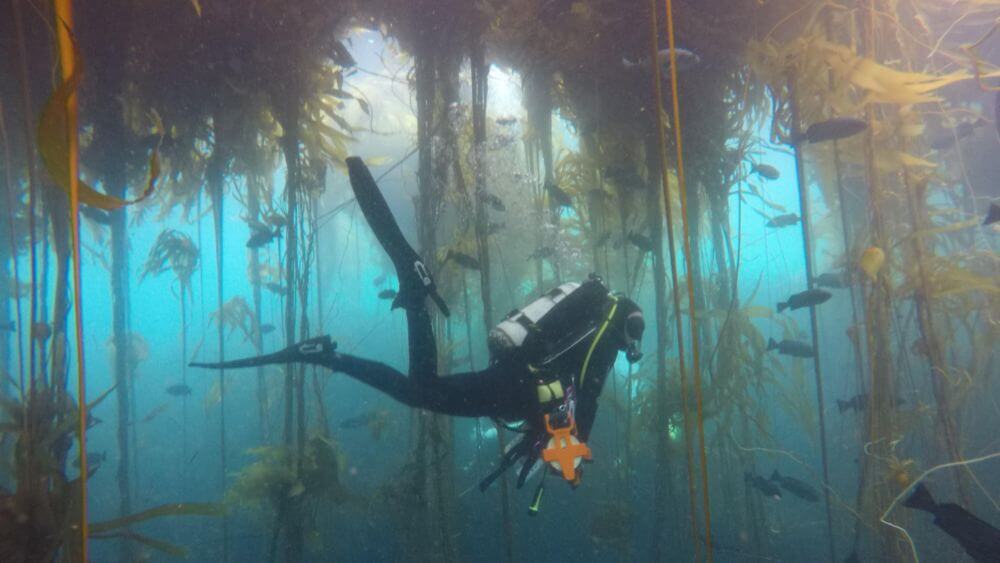
National marine sanctuaries and partner organizations monitor ocean conditions and assess the impacts of a changing climate on ecosystems, heritage resources, and coastal communities. Sanctuaries serve as sentinel sites where the impacts of climate change and ocean acidification can be studied.
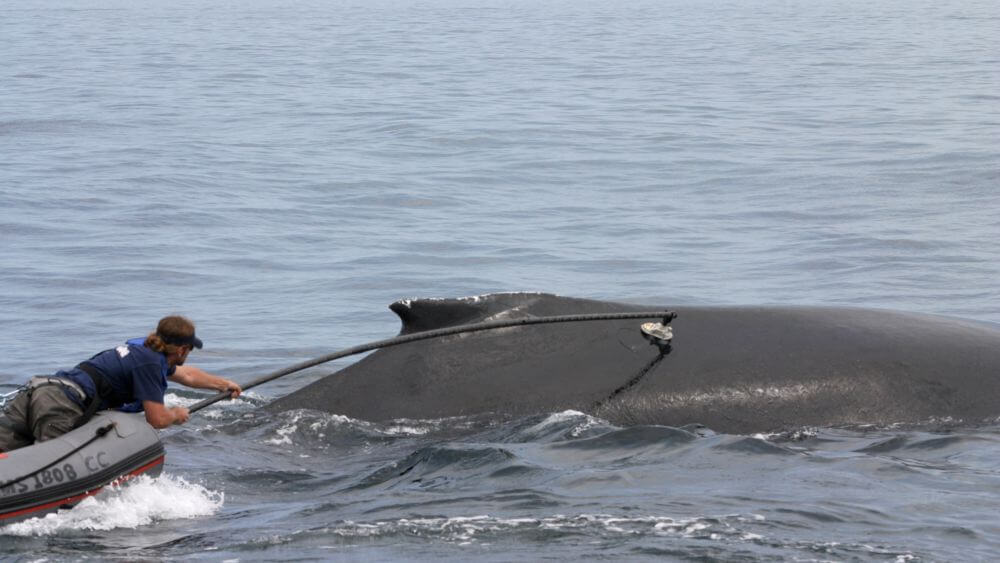
The National Marine Sanctuary System is taking action to understand the climate change vulnerability of the resources under their stewardship, and the services they provide. With this information, we can adapt management plans to reflect new and expected challenges, prioritize protecting at-risk resources, and target the sources of their vulnerability.
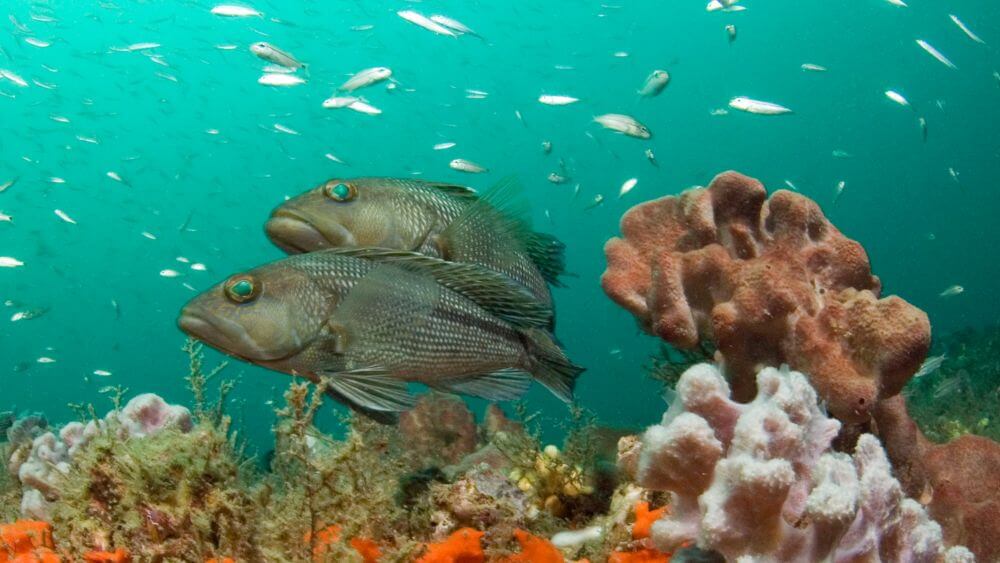
As contributors to mitigation, adaptation, and resilience, sanctuaries are an important nature-based solution to the climate crisis. The National Marine Sanctuary System is taking proactive steps to respond to climate change by adapting to the changing ocean and supporting carbon sequestration within sanctuaries' coastal and ocean ecosystems (also known as blue carbon).
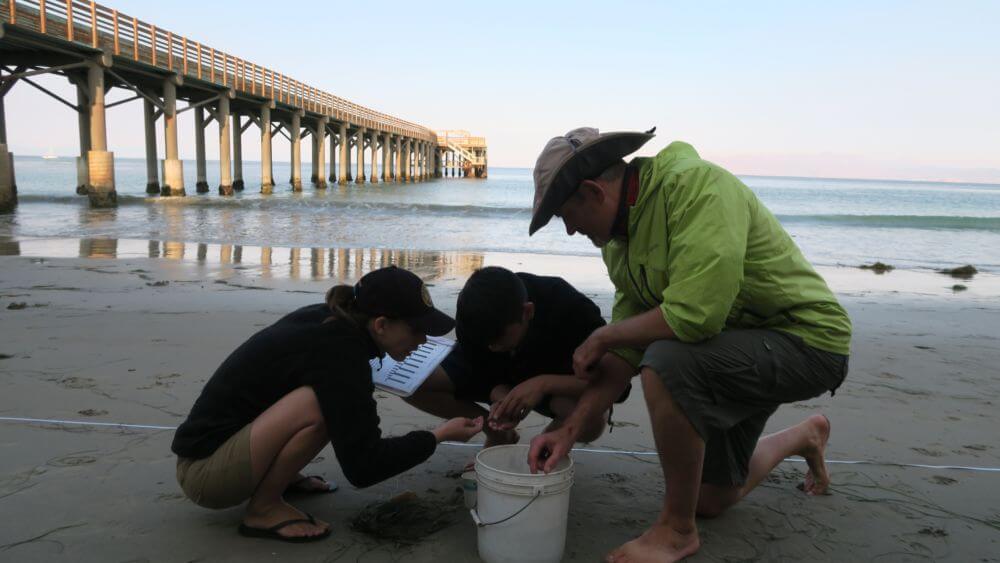
The NOAA Office of National Marine Sanctuaries education programs not only work to instill a sense of stewardship and conservation, but also share the latest science and research happening in the sanctuaries, including threats from a changing climate. These climate and ocean acidification-related educational materials help bring science into classrooms, after-school programs, science centers, aquariums, and other facilities.
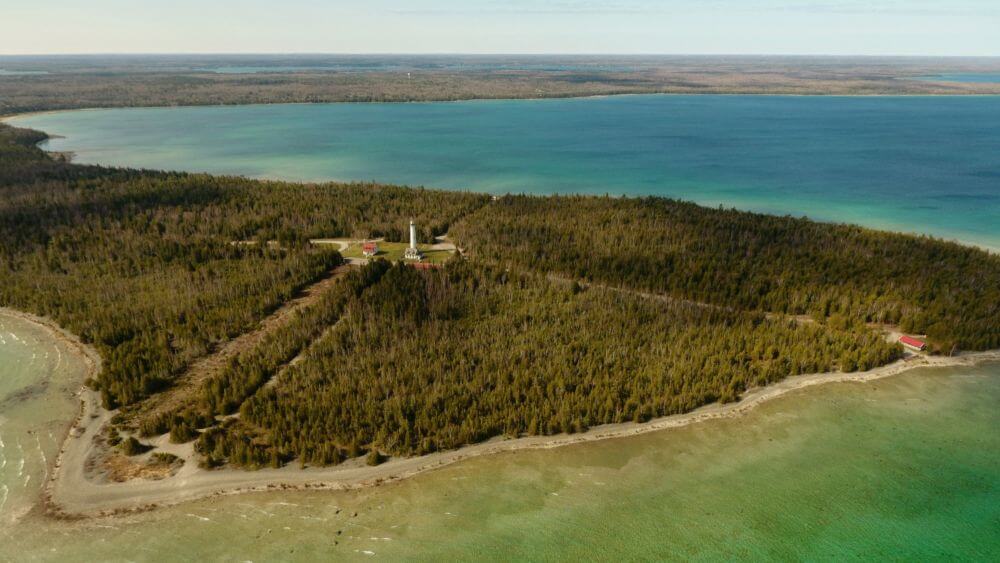
Sites throughout the National Marine Sanctuary System are reducing the environmental footprint of sanctuary offices and facilities, and working to ensure that our day-to-day operations are conducted in a climate-smart manner.
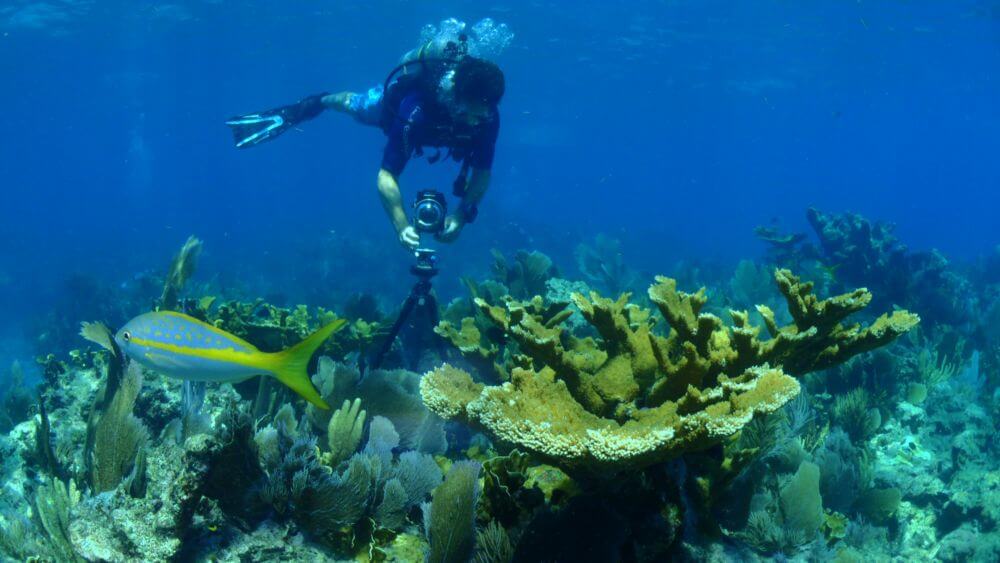
Check out these videos that illustrate how climate change is affecting national marine sanctuaries and how the National Marine Sanctuary System is working to understand and respond to climate change impacts. You can also view recordings of climate-related webinars.
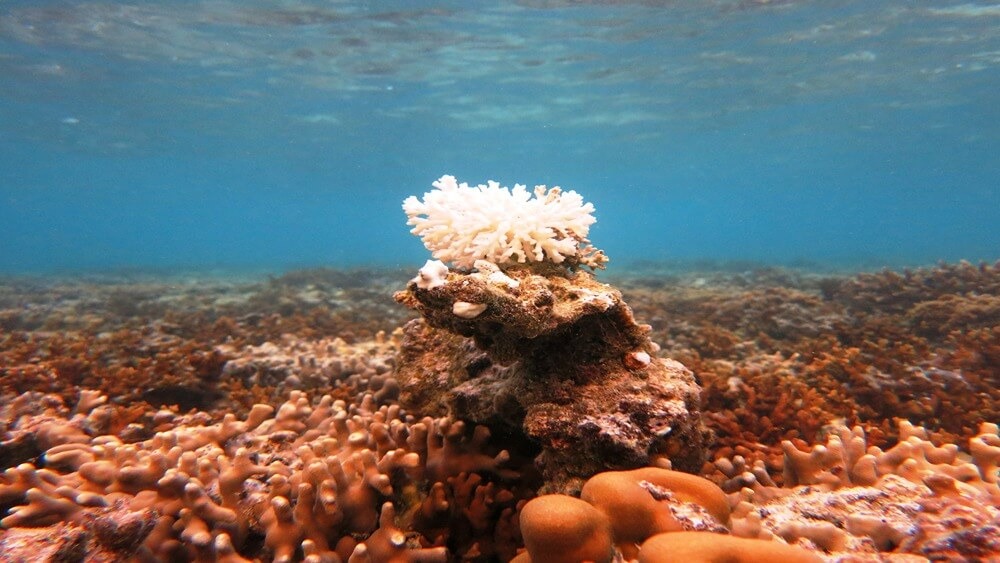
National marine sanctuaries are researching climate change, assessing climate change’s impacts, and taking action to address climate change and build sanctuaries’ resilience in a changing ocean. Read these web stories and articles to learn more about enhancing shoreline resilience, coral bleaching, global partnerships, and more.

This climate resilience plan outlines near-term steps that NOAA's Office of National Marine Sanctuaries will take to address climate change and achieve our mission. It focuses on four categories of climate action: science and assessment; adaptation and mitigation; education and outreach; and green operations.